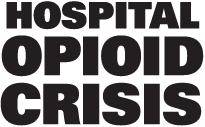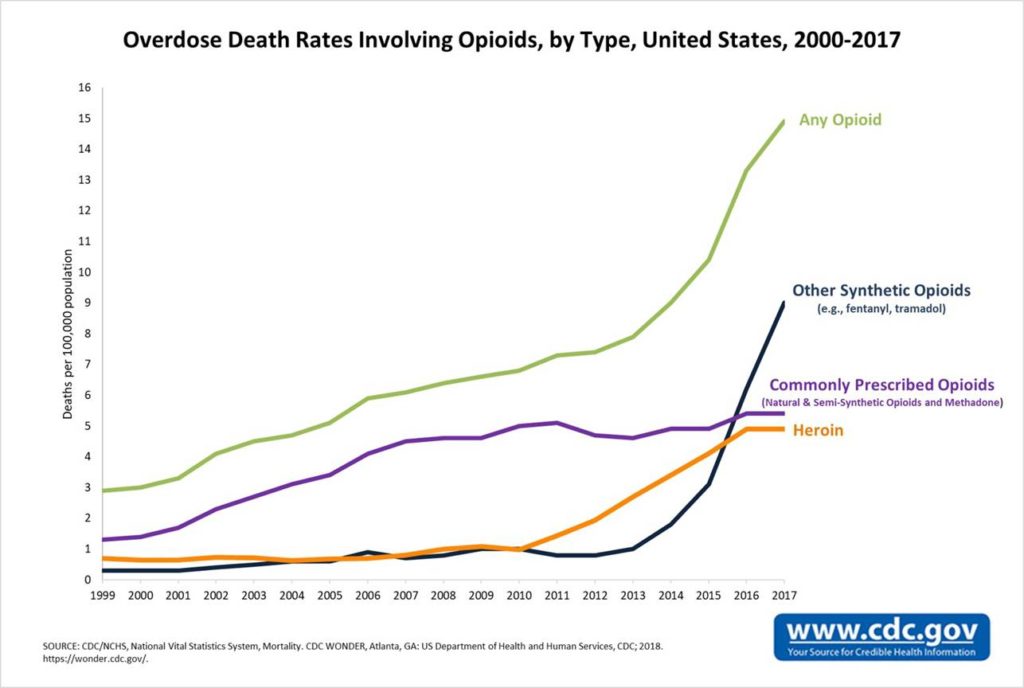
How We Got Here
A short history of the crisis
Most medical emergencies happen suddenly and often without warning. The opioid crisis, however, was years in the making.
In the mid-1990s, drug companies decided to increase revenues by broadening use of their opioid pain products. Before that time, the powerful drugs had been used only in extreme cases: for surgical and trauma patients and those receiving end-of-life care.
To increase the number of patients using opioids, drug companies began telling doctors and hospitals that opioid use with more patients was both safe and effective – even at high doses. Drug companies argued that no one should be in pain, especially chronic pain.
With the manufacturers’ assurances that patients would not become addicted, health care providers began to prescribe opioid pain relievers at greater rates … and the crisis was born.
Even as the number of opioid prescriptions has leveled off, the number of addicts and addiction-related hospital cases has skyrocketed – as has the cost for treating overdose- and addicted-patients.
A path out of the storm
Hospitals provide essential care every day for patients with opioid use disorder (OUD) or overdose and are in the best position to confront this growing problem.
- Hospitals are familiar and trusted resources in local communities, equipped to provide needed treatment and care.
- Hospitals are staffed by trained medical professionals with the knowledge and experience to address the unique needs of the populations they serve.
- Hospital emergency rooms already provide care to a growing number of addicted patients, though often only for acute and episodic care.
America’s hospitals hold the key to solving the opioid crisis and must be active participants in opioid settlement discussions with drug manufacturers and distributors.
Sources:
1 https://www.cdc.gov/drugoverdose/epidemic/index.html
2 https://www.modernhealthcare.com/providers/west-virginia-hospitals-sue-opioid-companies-want-damages
3 https://www.washingtonpost.com/investigations/76-billion-opioid-pills-newly-released-federal-data-unmasks-the-epidemic/2019/07/16/5f29fd62-a73e-11e9-86dd-d7f0e60391e9_story.html
4 https://altarum.org/news/economic-toll-opioid-crisis-us-exceeded-1-trillion-2001″

